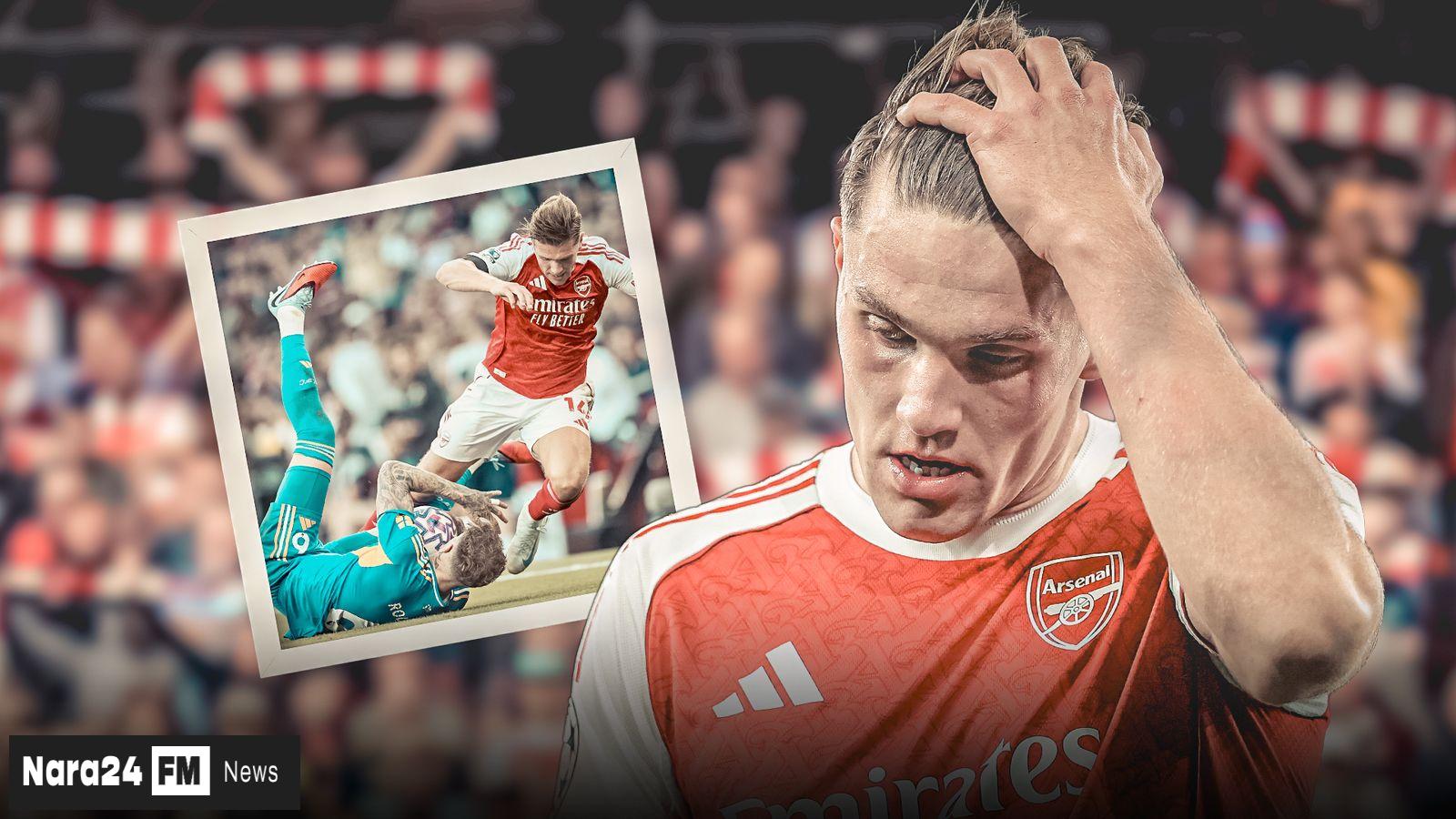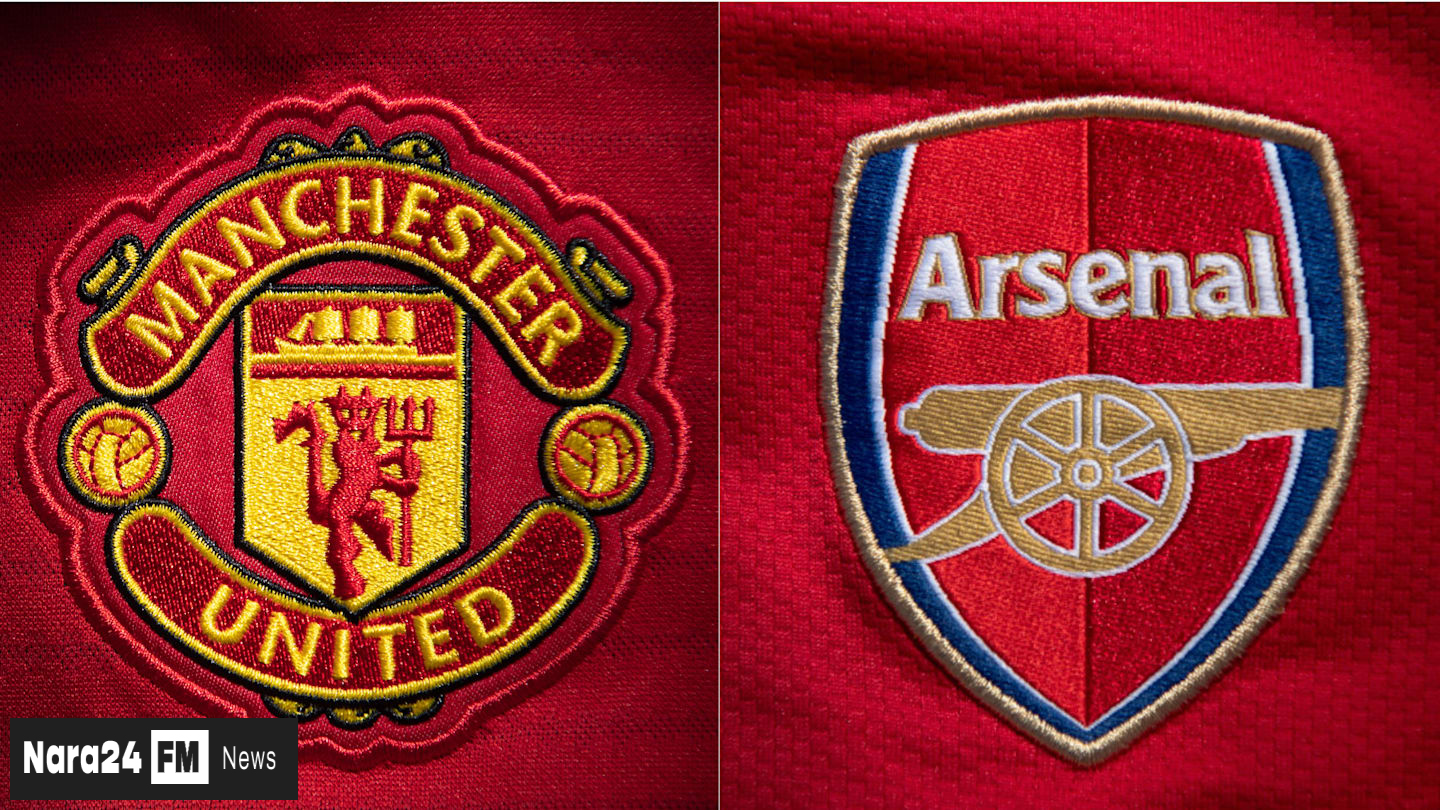Viktor Gyokeres has found himself in a familiar position for Arsenal fans—unscoring in his last six matches—yet the Swedish striker is being lauded for his tactical influence despite the dry spell. Arriving at the club with a reputation as a prolific goalscorer, having netted 97 goals in 102 games for Sporting Lisbon, Gyokeres was initially seen as the missing piece to Arsenal's attacking jigsaw. However, his recent struggles have raised questions about his integration into Mikel Arteta's system.
While his current form has sparked concern, Arteta and his players insist Gyokeres is playing a crucial role in shaping the team's dynamics. "He's a big part of the reason why we're winning these games," said Bukayo Saka this month, highlighting the forward's work ethic. Martinelli, too, remains optimistic, predicting a potential 40-goal season for the Swede. But how exactly is he contributing when his goal tally hasn't matched his billing?
Arteta has pointed to Gyokeres' ability to stretch defenses and create space, a trait that’s been instrumental in Arsenal’s attacking strategies. Recent data reveals that the striker has made more runs pressing the opposition backline this Premier League season than any other player, a statistic that underscores his role as a movement catalyst. This approach differs from past strikers like Kai Havertz and Gabriel Jesus, who averaged fewer challenges on defenders.
One notable example came during Arsenal’s match against Newcastle, where Gyokeres’ darting run down the right flank forced defenders Malick Thiaw and Sven Botman to shift positions. The resulting gap allowed Leandro Trossard to fire a shot against the post, illustrating the striker’s value in opening up avenues for teammates. "His channel runs are at an extremely high level," remarked former Sweden manager Jon Dahl Tomasson, calling him one of the "best in the world" at creating such opportunities.
Despite his lack of goals, Gyokeres is heavily marked in England, with defenders often doubling up to neutralize his threat. This tight coverage, while limiting his scoring chances, inadvertently creates openings for other attackers. For instance, during the Newcastle clash, his presence drew both center-backs, leaving Eberechi Eze with a clear shot. Such moments highlight how his physicality and positioning are reshaping Arsenal’s attacking playbook.
While the striker’s goal drought may frustrate supporters, the team’s focus remains on his broader impact. With Arsenal winning eight of his 10 games so far, the narrative around Gyokeres is evolving from "scoring threat" to "tactical asset." As Arteta continues to emphasize "open spaces" in his strategies, the question lingers: can a striker who once averaged 35 goals per season thrive in a role that prioritizes playmaking over finishing?








Comments (0)
Leave a Comment
Be the first to comment on this article!